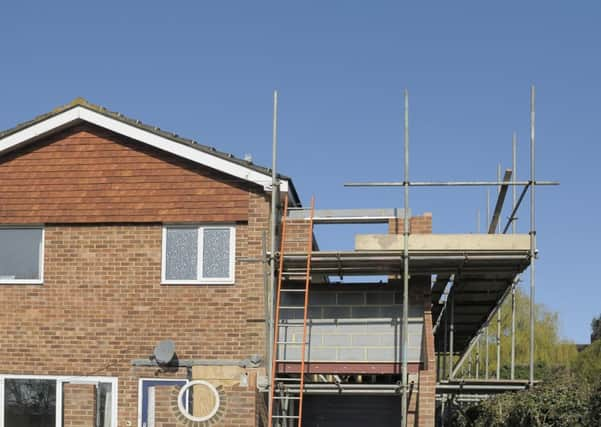Keeping it in the family


The arrangement works well for Jill too, as she prefers family life to living alone. What’s more, the move has worked well for the farmhouse, without any changes needing to be made.
But ‘normal’ life isn’t like soap opera life - while in some ways, this is a very good thing, in the case of multi-generational housing, it often isn’t.
Advertisement
Hide AdAdvertisement
Hide AdDifferent generations generally need a bathroom and living area each, even a kitchen. Some homes are divided up horizontally along generational lines, with the parents sleeping in the (converted) loft, the kids on the first floor and the grandparents on the ground floor. If the balance of rooms isn’t right, with enough private and communal space for everyone, you can quickly expect tension and tears.
One of my friends is trying to buy a house with her parents that they can divide up horizontally. In the meantime, they’re renting together and she’s resorted to living on snacks that don’t need to be cooked, because she feels uncomfortable using the kitchen when her parents are there.
Psychologist Jane McCartney, who was part of a recent Mira Showers discussion on multi-generational living, had similar tales of woe about extended families under one roof - she told of one gran who was given timeslots when she could use the only kitchen, so she didn’t get in the way.
In these cases, the accommodation clearly isn’t working for all the family members.
Advertisement
Hide AdAdvertisement
Hide AdBut that doesn’t mean it can’t be adapted in ways that will not only make it pleasant for everyone living there, but also add value and make it more sellable (when the time comes).
If your home’s loft is suitable for conversion and you have space on the floor below for a staircase, a loft conversion is a cost-effective way to add another storey. While lofts are typically turned into a master bedroom and en suite, they can work well as children’s rooms too - giving them some privacy, and you some peace!
You can also convert cellars, garages and outbuildings (often subject to planning permission), but extensions are probably the most flexible way of adding space, because there are lots of different ways to extend to suit a family’s needs. Rear extensions are perfect for the ever-popular kitchen-diner/family room, but just extending into the side-return can transform a narrow kitchen into a kitchen-diner.